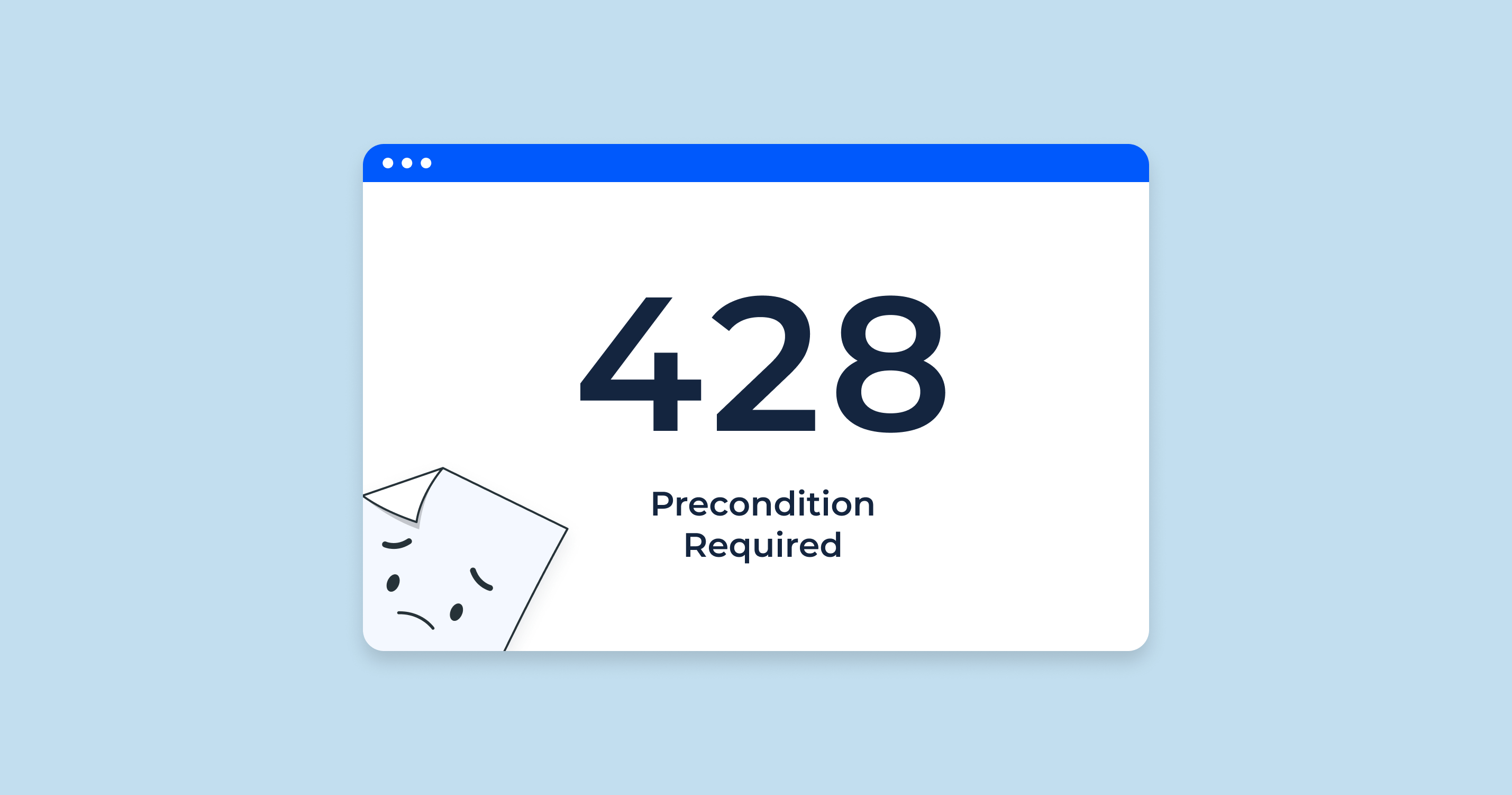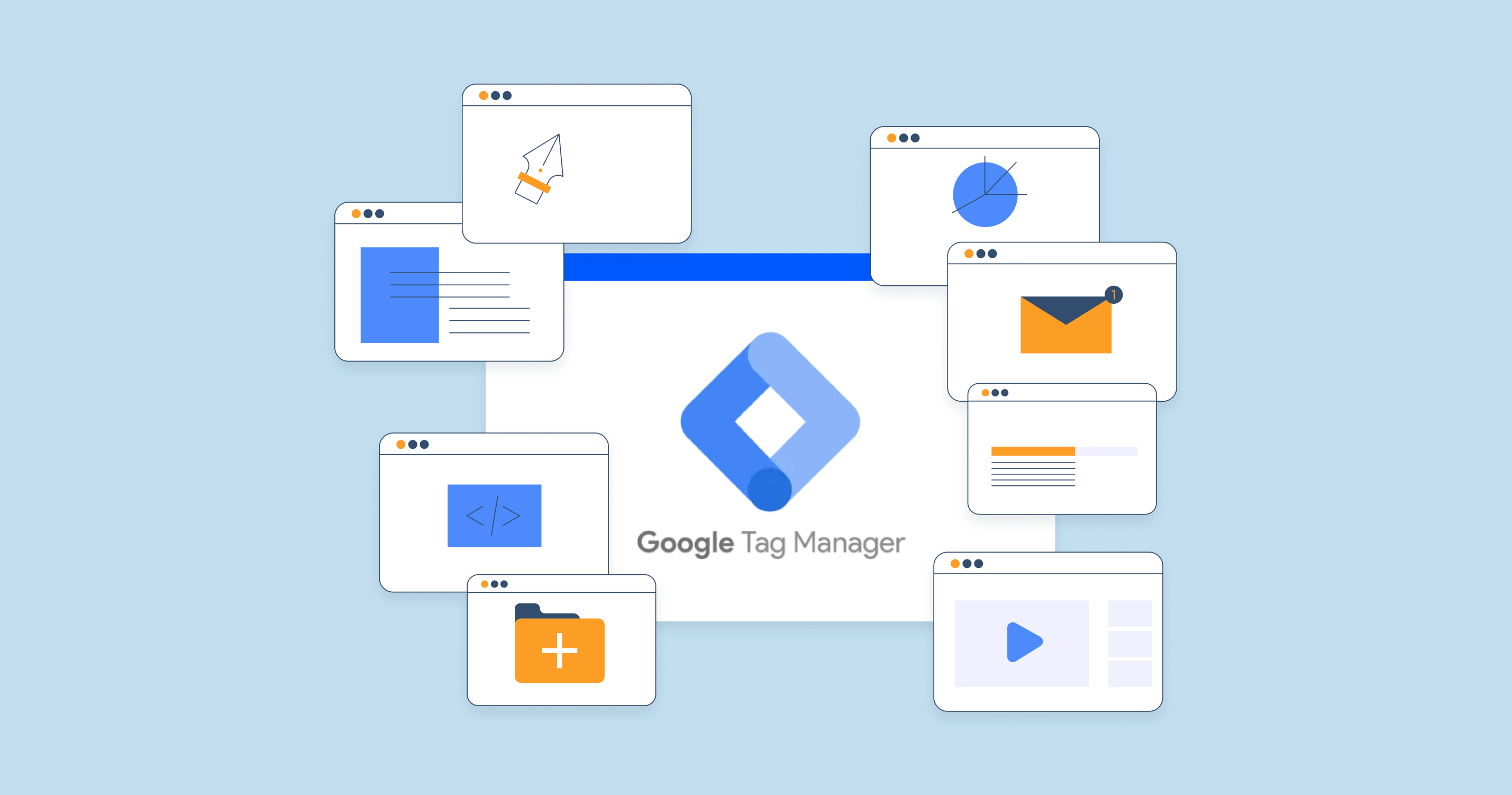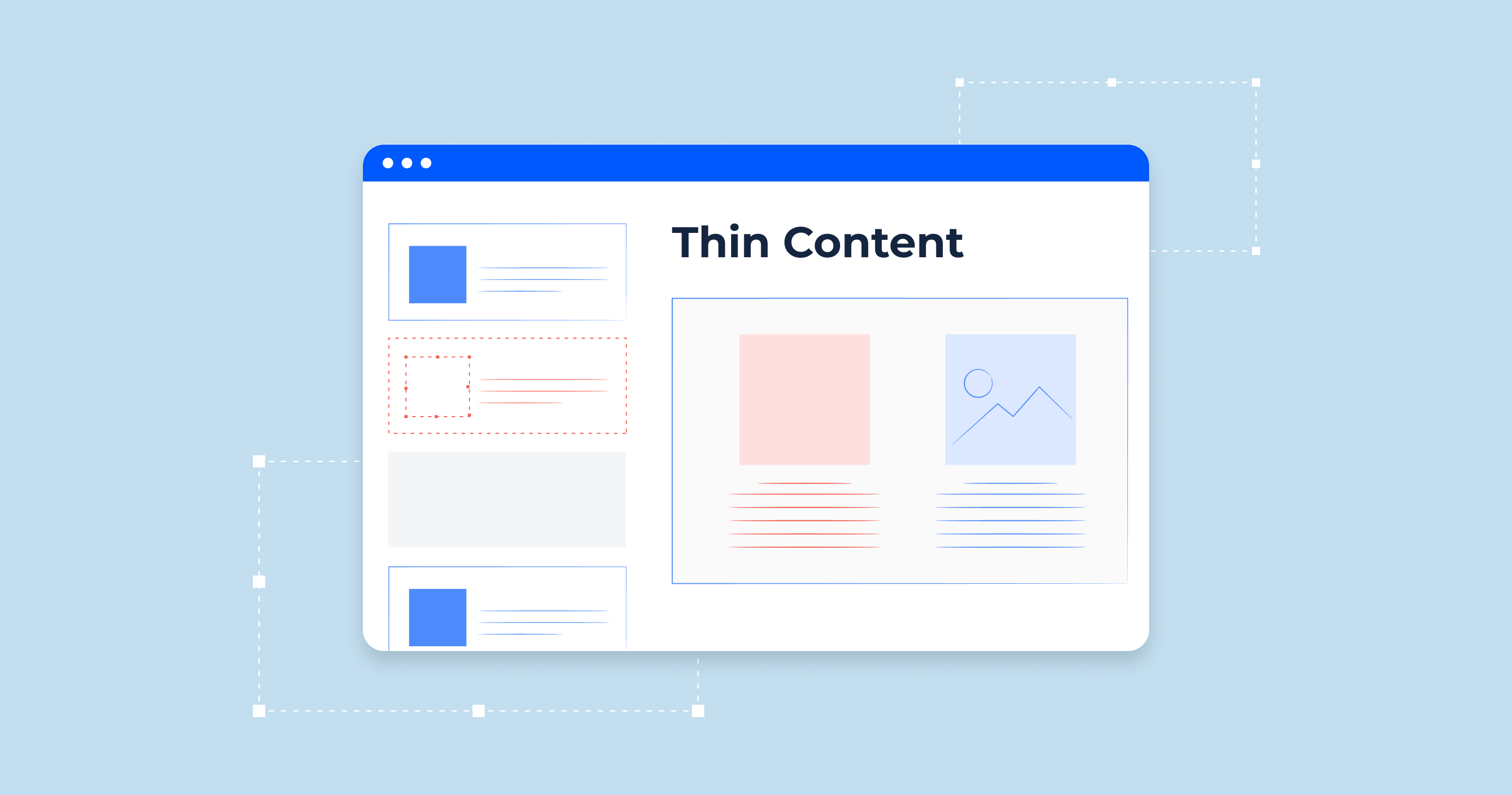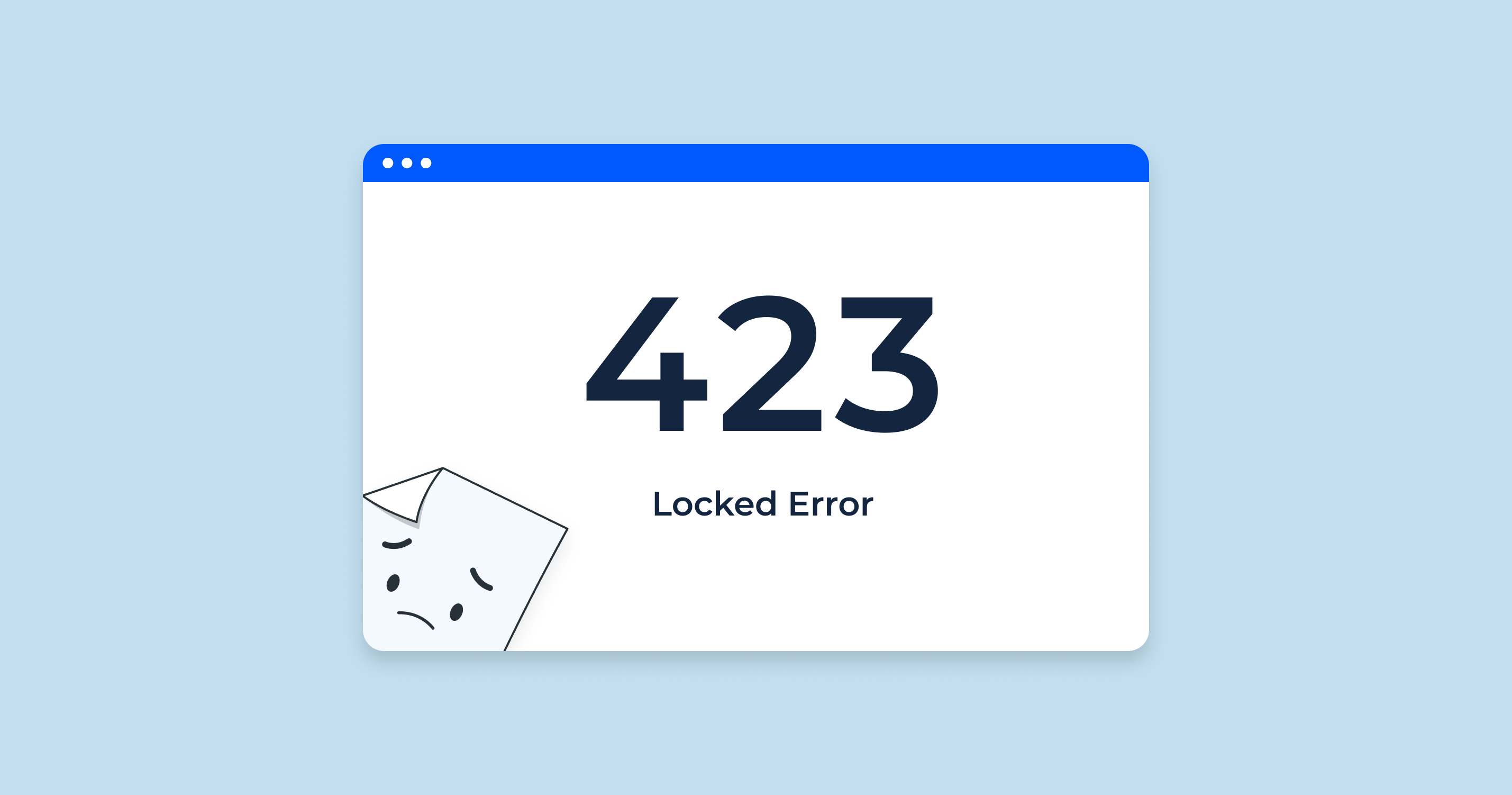Indeed, the HTTP 428 Precondition Required status code is part of the HTTP/1.1 extensions detailed in the RFC 6585. This status code is used to indicate that the server requires the request to be conditional, meaning certain preconditions must be met for the request to be successful.
In simple terms, when a client sends a request to the server, the server might respond with a 428 status code if the client hasn’t supplied certain necessary information or hasn’t met specific conditions.
An example of when this may be used is to ensure data integrity during updates. Let’s say a client wants to update a resource, but the server requires that the client only update the resource if it hasn’t been modified since the last time the client checked. The server might respond with a 428 Precondition Required status code if the client sends an update request without the necessary precondition (a “If-Unmodified-Since” header or “If-Match” header).
In such cases, the response should include an explanation of the condition necessary to be fulfilled. The response may also include a Retry-After header indicating how long to wait before making a new request. It’s worth noting that the use of a 428 status code is optional, and servers are not required to use it in these situations. The 428 status code is part of a set of HTTP extensions intended to provide more detailed information about the state of the network.
428 Precondition Required the Impact on SEO
The HTTP 428 Precondition Required status code is not directly related to SEO, since it’s more about the communication between the client (e.g., a browser) and a server. However, its implications could indirectly affect your SEO, particularly in terms of user experience and how efficiently search engine bots can crawl and index your site.
Here are some potential impacts:
| Crawl Efficiency | Search engines like Google use web crawlers (bots) to discover and index new and updated pages. If the crawlers often receive a 428 status code, it might mean that they’re having trouble accessing pages. This could potentially lead to delays in indexing and reflect badly on your site’s availability and reliability. |
| User Experience | 428 status code is typically used for conditional requests between clients and servers. If such a situation arises that a user gets exposed to 428 precondition failed status messages, it could lead to a poor user experience. User experience is a key factor in SEO, and repeated poor user experiences could lead to a higher bounce rate, which could affect your site’s search rankings over time. |
| Site Performance | Regular 428 codes might indicate a deeper issue with how requests are being handled by your site. Site performance is a key SEO factor, and if your site regularly encounters these issues, it could affect site speed and performance, negatively impacting your SEO. |
The key to understanding the potential SEO impact lies in figuring out why your site is returning 428 status codes. Regular audits, log file analysis, and proper server configuration can help identify and fix the issue, mitigating potential impacts on SEO.
It’s important to note that this status code is fairly rare on the web compared to more common ones like 404 (Not Found) or 301 (Moved Permanently), so SEO professionals might not encounter it frequently. However, understanding its implications can help in a comprehensive SEO strategy.
428 Status Code Common Issues and How to Fix Them
While HTTP 428 Precondition Required errors are less common and typically specific to conditional requests, they might still occur due to specific server configurations or client request issues.
Here are a few potential issues and corresponding solutions:
1. Conditional Header Requirements
The server may have specific requirements for conditional headers that the client is not meeting, such as the “If-Unmodified-Since” or “If-Match” headers.
2. Outdated or Incorrect Server Configuration
The server might be incorrectly configured or operating on outdated principles, leading to inappropriate 428 status codes.
3. Server Overload or DDoS Attacks
While not directly related to 428 errors, server overload or DDoS attacks may lead to erratic server behavior, including inappropriate 428 responses.
4. API Request Issues
If you’re working with an API that requires specific conditions to be met before processing a request, you might see a 428 status code.
Just as with the 404 errors, it’s essential to routinely monitor server logs, network requests, and responses to identify and troubleshoot any potential issues, including the 428 status code.
Status Code Checker Tool for Identifying HTTP Status Code Issues Like 428 Errors
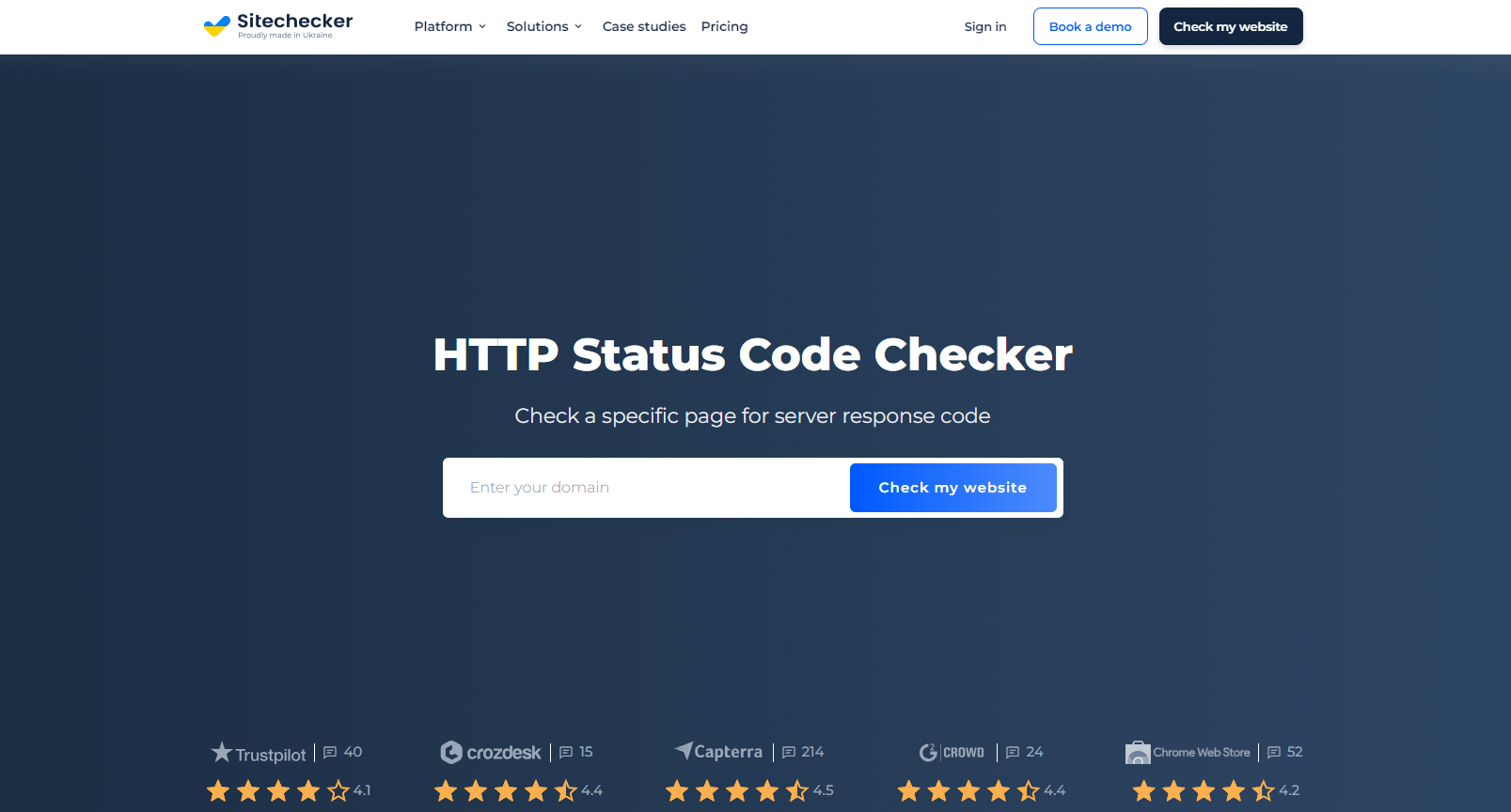
Understanding HTTP status codes, like the 428 ‘Precondition Required,’ is vital for smooth website operations. These codes often indicate specific server-client interactions that need addressing.
Sitechecker can be an invaluable tool in such scenarios. It scans your website to identify various HTTP status codes, including 428. When it discovers an issue, it helps you locate the problem area, saving time and effort.
By using Sitechecker, you can identify and rectify 428 errors swiftly. This tool allows you to maintain a strong SEO position and ensures a seamless user experience on your website, preventing potential performance hiccups caused by HTTP status code errors.
Conclusion
HTTP 428 ‘Precondition Required’ status code, while less common, can indicate specific conditions that must be met between the client and the server. While not directly related to SEO, the indirect impacts on user experience, crawl efficiency, and site performance can potentially affect a website’s SEO ranking. This underlines the importance of understanding why your site might return such status codes.
To tackle such issues, tools like Sitechecker are invaluable, helping to swiftly identify and rectify the errors. They pinpoint the problem areas and facilitate quick correction, maintaining your site’s SEO position and ensuring a smooth user experience.
Lastly, common issues causing 428 errors, such as conditional header requirements, outdated server configurations, server overload, or specific API request conditions, can be effectively managed through regular audits, server configuration adjustments, and an understanding of API requirements. All these steps ensure that your website remains accessible and user-friendly, providing a seamless browsing experience to users and web crawlers alike.
